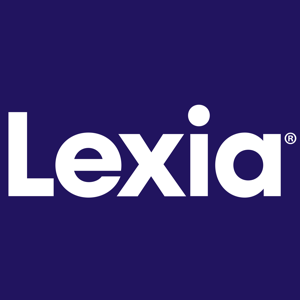
Sign up to save your podcasts
Or




As a result of the COVID-19 pandemic, much of the country's workforce is grappling with a new normal that has no clear end in sight. In the education sector, the massive and abrupt shift to remote learning received extensive media coverage as educators transitioned from in-person classroom instruction to teaching digitally from afar. But while teachers have certainly experienced a significant amount of upheaval over the past couple of months, their sense of job security is likely much stronger than that of many other working professionals—including the roughly 50% of people working in K–12 schools who aren't classroom teachers.
To view the original blog, visit: 50/50: Uncertain Fates for Non-Teaching Personnel in Times of Recession
 View all episodes
View all episodes


 By lexialearning
By lexialearning




5
44 ratings

As a result of the COVID-19 pandemic, much of the country's workforce is grappling with a new normal that has no clear end in sight. In the education sector, the massive and abrupt shift to remote learning received extensive media coverage as educators transitioned from in-person classroom instruction to teaching digitally from afar. But while teachers have certainly experienced a significant amount of upheaval over the past couple of months, their sense of job security is likely much stronger than that of many other working professionals—including the roughly 50% of people working in K–12 schools who aren't classroom teachers.
To view the original blog, visit: 50/50: Uncertain Fates for Non-Teaching Personnel in Times of Recession